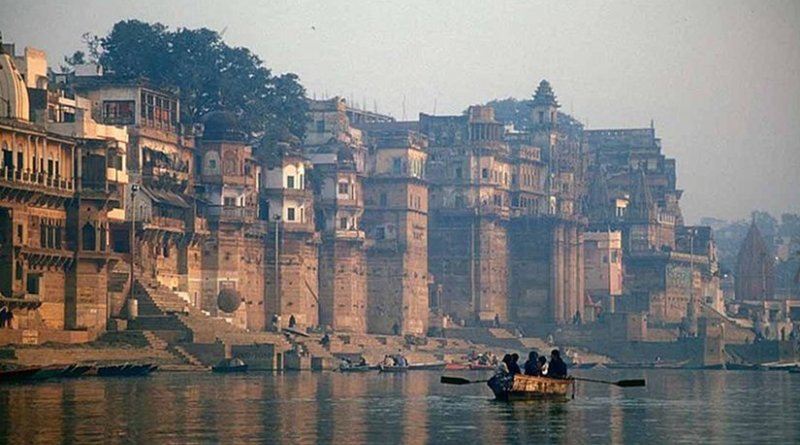SOURCE: Eurasia Review
DATE: June 15, 2019
SNIP: Many of the world’s most iconic river systems – the Mekong, Indus, Yangtze – are fed by glaciers that both supply and modulate their water flow. Now these glaciers are melting due to climate change, threatening irrigation systems, electricity generation, and drinking water reserves in some of the most densely populated areas of the planet.
No two glaciers are exactly the same. They’re melting at different rates, with some entering their terminal decline sooner than others. The repercussions vary as well. In some cases, reductions in glacier runoff have a negligible effect on downstream flow. In others, they can severely disrupt local water systems, particularly those with antiquated and wasteful extraction methods.
The concept of ‘peak water’ is key to understanding glacier decline. As overall glacier mass shrinks, higher-than-average run-off is produced during the melt season. However, these run-off levels will eventually peak, and a period of terminal – and essentially irreversible – decline will follow. Every glacier has a unique peak water threshold. According to a study published by Nature Climate Change, around 45% of the world’s glacier-fed basins have already passed this point, including the source of the Brahmaputra. Another 22% of basins are predicted to be trending up in run-off through to 2050, including the Indus and Ganges headwaters, which are expected to peak in 2070 and 2050 respectively.
Glacier melt in and of itself is not a portent of disaster. However, when added to an already tumultuous mix of ecological, economic, and political stressors it risks tipping the scales toward widespread displacement and upheaval. Pakistan in particular is already highly vulnerable due to its diminishing drinking water and irrigation resources, moribund fishing industry, electricity generation shortfall, and failing-yet-rapidly-expanding dam network. But perhaps the most troubling feature in Pakistan’s water crisis is the complete lack of political will in Islamabad to do anything about it. Against a growing chorus of domestic and international warnings, recent administrations were passing the buck forward until the National Water Policy was passed in 2018. But even this policy has been panned by experts as largely inadequate. The inconvenient fact of the matter is that Pakistan, a country that is already severely water-stressed, faces the near-term prospect of increased demand from a growing population along with decreased supply due to exhausted resources. If internal conflict is to be avoided, it’s going to take bold policies, infrastructure investments, and renewed cooperation on the regional level.
So far we’re seeing none of it.
[This article is a very interesting look at water use, how glacier melt will affect water availability, and so on. Read the whole thing at Eurasia Review.]

